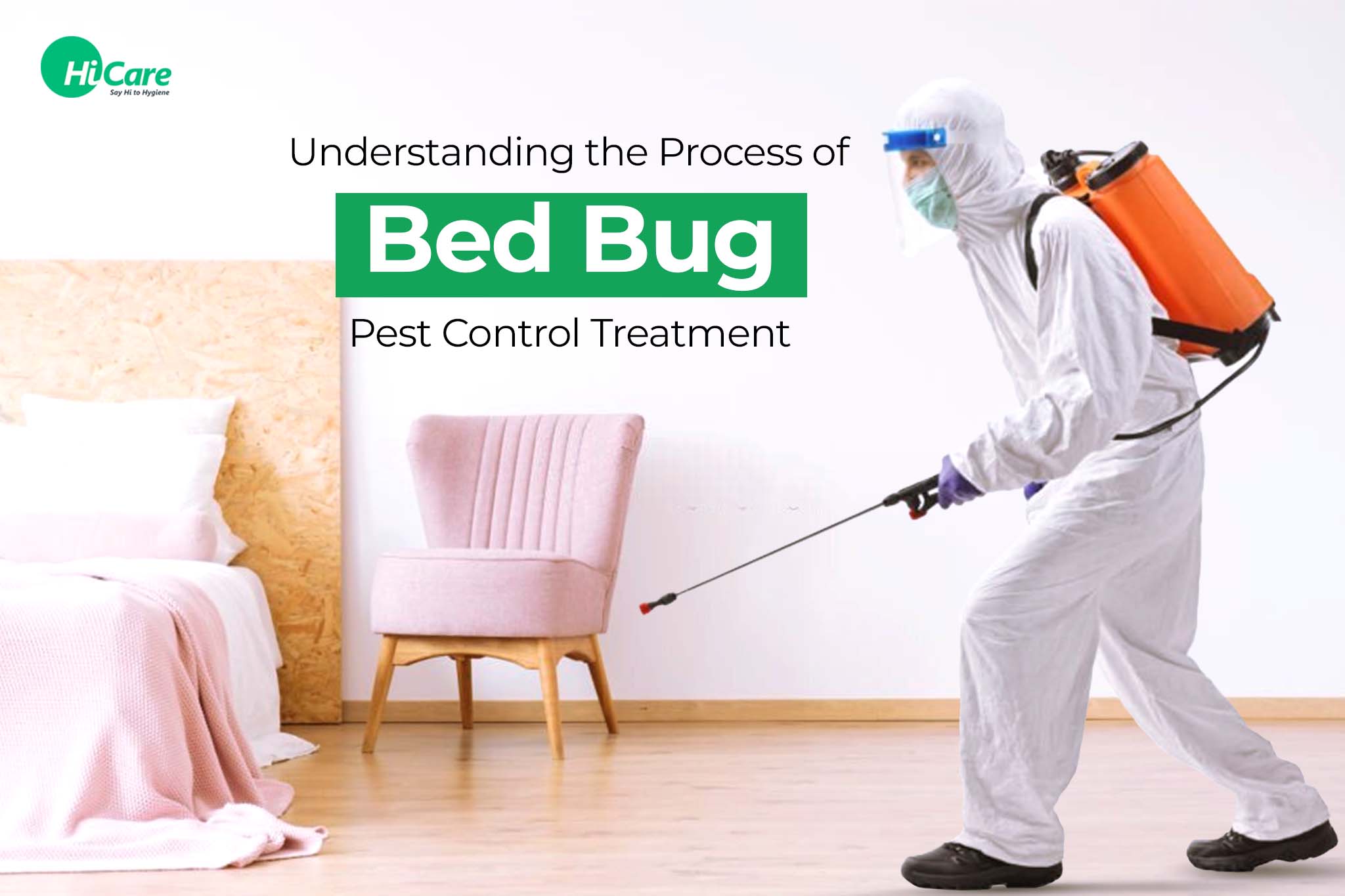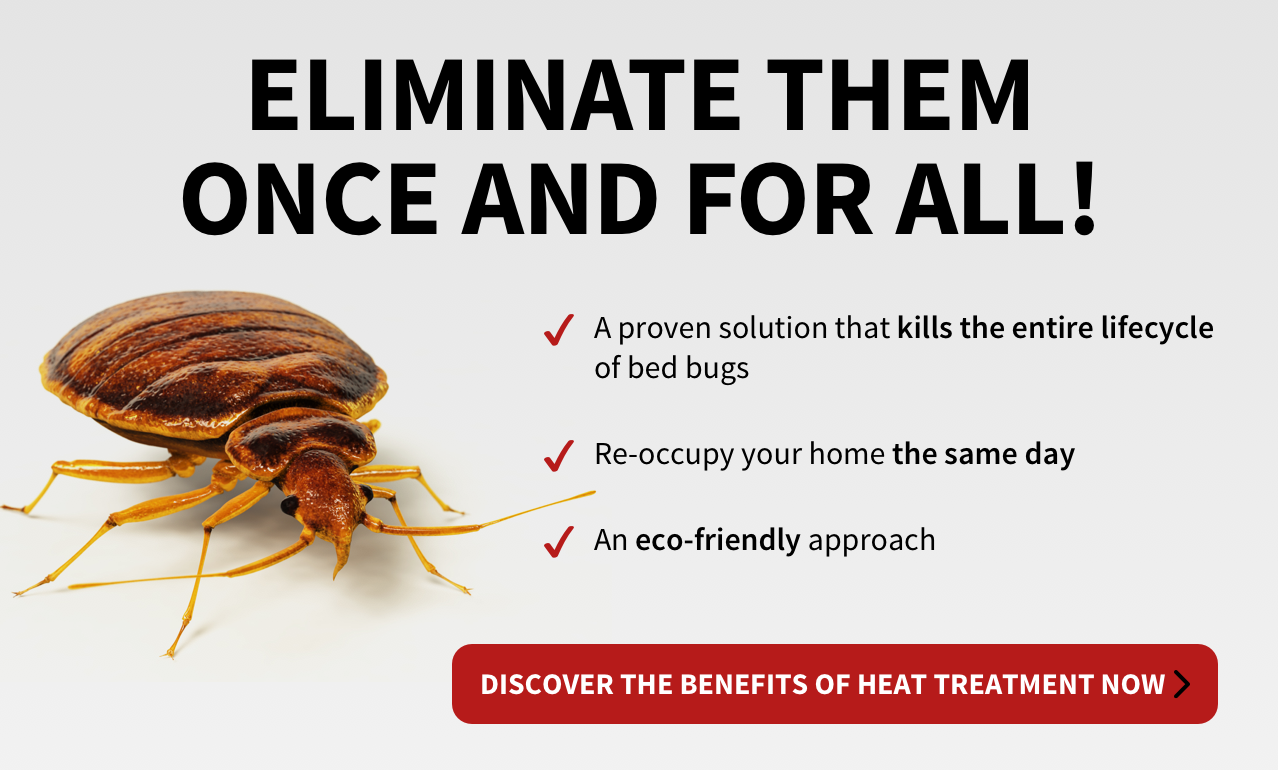A1 Bed Bug Removal Houston: Trusted Extermination Services
Recognizing the Lifecycle of Pests for Targeted Control Methods
Comprehending the lifecycle of pests is a basic facet of reliable bug administration methods. By understanding the different stages of development that parasites go through, a much more targeted and accurate method can be embraced to regulate their populaces. This understanding not just drops light on the vulnerabilities within the pest lifecycle but also leads the means for applying calculated steps that can disrupt their development and reproduction cycles. Through a much deeper understanding of exactly how insects evolve and grow, customized control techniques can be made to deal with specific factors in their lifecycle, ultimately bring about more successful parasite administration outcomes.
Importance of Comprehending Parasite Lifecycle
Understanding the lifecycle of insects is necessary for creating effective and targeted control methods in insect administration. By understanding the various phases a parasite experiences from egg to grownup, pest control experts can determine weak spots in the lifecycle where intervention can be most effective. As an example, knowing when larvae are most active can assist establish the optimum timing for applying larvicides. Furthermore, recognizing the lifespan of an insect types can assist in predicting population growth patterns and prospective invasion dangers.
In addition, identifying the certain ecological conditions needed for every phase of the insect's lifecycle can assist decisions on habitat modification or exemption techniques to minimize and interrupt the lifecycle insect populaces. This understanding enables pest monitoring experts to execute proactive procedures as opposed to relying entirely on responsive therapies, resulting in more lasting and lasting pest control solutions. Inevitably, a comprehensive understanding of bug lifecycles equips pest control experts to tailor their techniques efficiently, reducing environmental effects and maximizing control end results.
Secret Stages in Pest Advancement
To properly apply targeted control methods in bug administration, a vital element lies in comprehensively recognizing and recognizing the crucial stages in pest growth. Parasite advancement normally is composed of a number of essential stages that are important for their lifecycle and management.

Vulnerabilities in Pest Lifecycle
Throughout the numerous stages of a bug's lifecycle, distinctive vulnerabilities arise that can be tactically targeted for reliable control steps. One essential vulnerability depends on the egg phase, where insects are usually much more prone to particular pesticides or organic control agents because of their soft external covering, making them easier targets for intervention. Furthermore, the nymph or larval stage presents vulnerabilities as pests go through fast growth and advancement, needing high energy usage that can be manipulated by interrupting their food resources or presenting growth inhibitors. Pupal stages, defined by immobility and improvement, use a home window for targeted control via physical obstacles or specific therapies that impede successful introduction. Adult insects, while much more durable due to their reproductive capability, can still be prone throughout mating or egg-laying activities, which can be interrupted with pheromone traps or sterilization techniques. Comprehending these vulnerabilities in the insect lifecycle is vital for establishing efficient and precise control strategies that effectively manage parasite populaces while decreasing ecological effect.
Executing Targeted Control Actions

Carrying out targeted control measures typically involves a multi-faceted technique. This may include environment modification to make the environment less friendly to insects, such as getting rid of standing water for mosquito control or sealing entry factors for rats. Additionally, biological control approaches can be used, where all-natural killers or microorganisms are presented to maintain pest populaces in check.
Integrated Parasite Administration (IPM) strategies that incorporate numerous control steps in a collaborated and sustainable manner are often the most reliable in accomplishing long-lasting pest monitoring objectives. By executing targeted control actions based additional reading on a comprehensive understanding of parasite lifecycles, bug populations can be successfully controlled while lessening risks to human health and wellness and the setting.
Improved Bug Management Practices

Additionally, the consolidation of biological control agents, such as all-natural killers or virus of parasites, can aid minimize reliance on chemical pesticides and promote a more well balanced environment. Carrying out physical barriers and catches can likewise belong to enhanced bug monitoring practices, offering non-toxic and targeted services for insect control. Furthermore, using scents and various other semiochemicals can disrupt pest mating patterns and communication, causing minimized parasite populaces with time.
Conclusion
To conclude, understanding the lifecycle of insects is vital for reliable parasite monitoring strategies. By identifying key stages in insect advancement and vulnerabilities in their lifecycle, targeted control procedures can be executed to decrease insect populations. Improved pest monitoring practices can help in reducing the reliance on broad-spectrum pesticides and promote even more ecologically pleasant and sustainable parasite control techniques. This expertise plays an important duty in preserving healthy and balanced environments and agricultural productivity.
Recognizing the lifecycle of pests is necessary for creating effective and targeted control techniques in insect administration. By understanding the various weblink stages an insect goes with from egg to grownup, parasite control specialists can identify susceptible points in the lifecycle where intervention can be most successful. Ultimately, a comprehensive understanding of bug lifecycles equips bug control professionals to customize their approaches properly, minimizing environmental impacts and making best use of control end results.
By applying targeted control actions based on a thorough understanding of pest lifecycles, parasite populaces can be successfully managed while reducing risks to human health and the setting.
By determining essential stages in insect growth and susceptabilities in their lifecycle, targeted control procedures can be carried out to reduce pest populaces.